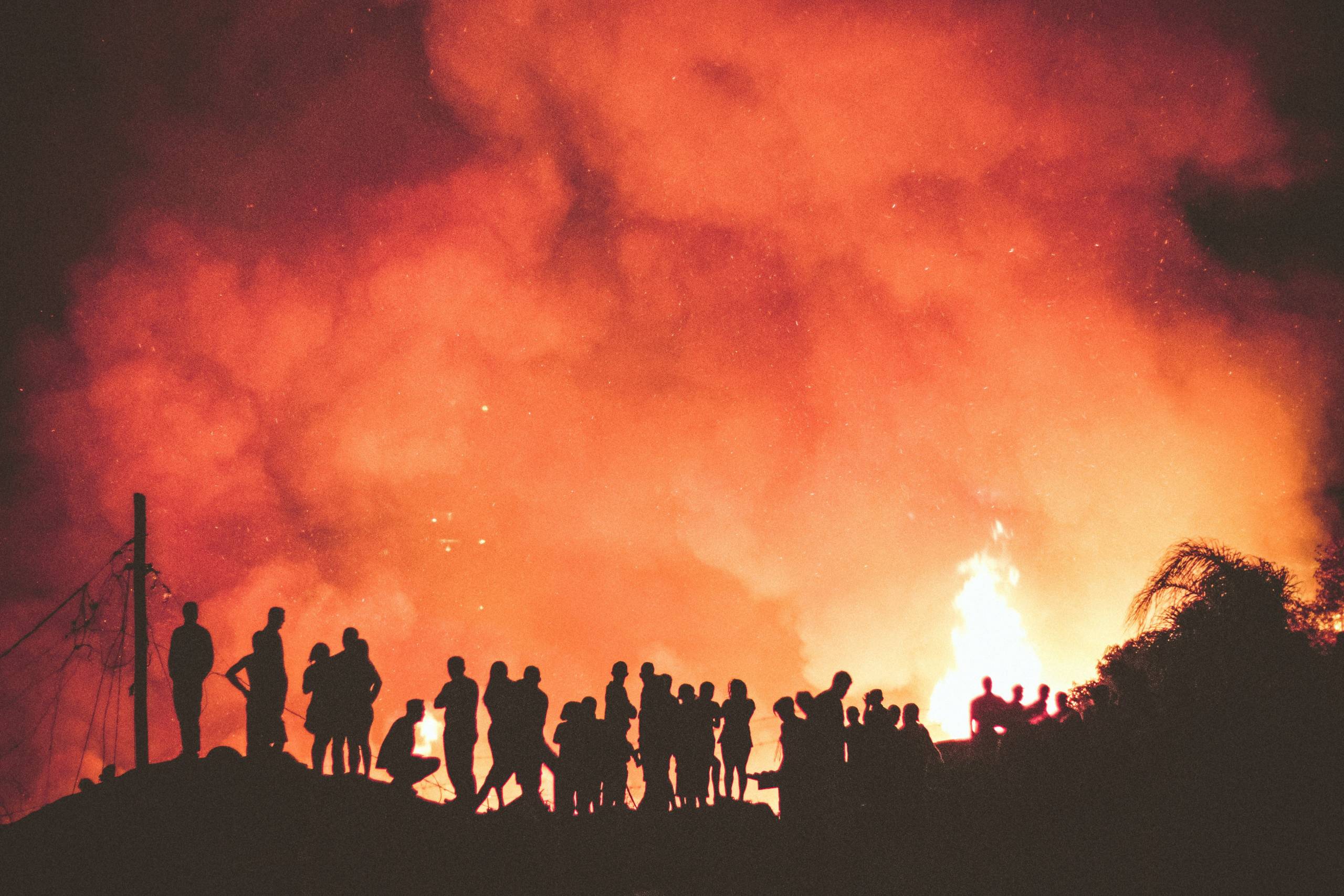
This article is included in these additional categories:
Wildfire Risk Intensifies with Climate Change
Deep Sky, a Canadian developer specializing in carbon removal projects, has just released a study delving into the escalating wildfire risk in the United States. The research utilizes its Wildfire Risk Model to illustrate how climate change is accelerating the frequency and severity of wildfires, underscoring the following critical findings:
Dramatic Surge in Maximum Fire Risk
The model indicates that the risk of extreme fire weather conditions, previously expected once every century, now occurs approximately every seven years across North America. This shift represents a fifteen-fold increase in maximum fire risk, highlighting the unprecedented nature of the current climate landscape.
Sharp Increase in Frequency of Extreme Fire Weather
The frequency of extreme fire weather events, defined as conditions surpassing the 95th percentile for a given area, has surged twenty times. Where these events once occurred once every hundred years, they now manifest roughly every five years, signaling a large uptick in the prevalence of hazardous fire conditions.
Regional Hotspots of Accelerating Risk
Certain regions are experiencing a more rapid escalation in wildfire risk, including Central Colorado, Northern New Mexico and Central California, with a map detailing county by county statistics nationwide.
Accelerating Growth in Fire Weather Severity
The Wildfire Risk Model also reveals that the increase in extreme fire weather is not merely linear but is accelerating. The already dramatic rise in risk is speeding up, making future wildfire conditions potentially more volatile and dangerous than current trends suggest.
The Fire Weather Index and a Predictive Approach
A deeper understanding of the increasing wildfire threat involves examining the Fire Weather Index (FWI), a metric developed by the Canadian Forestry Service and used globally to gauge fire risk. The FWI integrates temperature, humidity, wind speed, and precipitation to provide a comprehensive assessment of landscape flammability. Climate change’s impact on these variables is intensifying the conditions that lead to more frequent and severe wildfires.
Deep Sky Research’s approach to predicting the impact of climate change on wildfire risk borrows from risk assessment methodologies used in the insurance industry. By evaluating both the frequency and severity of extreme fire weather, they can anticipate future wildfire patterns more accurately. According to Max Dugan-Knight, a Climate Data Scientist at Deep Sky, “A risk assessment approach, just like the insurance industry uses, can help us predict disasters ahead of time. In the case of wildfires, an increase in frequency and severity is being driven by changes in extreme fire weather.”
Rising Destruction from Uncontrollable Fires
Recent history underscores the devastating impacts of severe wildfires. The Fort McMurray fire of 2016, the 2018 Camp Fire, and the widespread wildfires across Canada in the summer of 2023 are stark reminders of the destruction caused by extreme fire weather. These events resulted in mass evacuations, significant loss of life and property, and severe economic damages. Notably, the wildfires in Canada in 2023 led to carbon emissions that more than doubled those from the country’s oil and gas sector, emphasizing the long-term environmental impacts.
40 Years of Data Guiding the Path Forward
The report analyzed over 40 years of fire weather data from 1973 to 2024, utilizing research published in the Scientific Data journal. Two key metrics were derived from the Fire Weather Index: Extreme Fire Weather severity, which measures the annual expected maximum FWI, and Extreme Fire Weather frequency, which tracks occurrences exceeding the 95th percentile for a location. These metrics were benchmarked against a baseline period from 1973 to 1999.
To better understand and manage wildfire risks, adopting more sophisticated, insurance-style risk assessment models is essential. Such approaches could offer valuable insights into how often severe outcomes can be expected and their potential severity. With extreme fire weather becoming a more frequent and severe threat, innovative strategies to mitigate the growing wildfire risks will be necessary.
- SEO Powered Content & PR Distribution. Get Amplified Today.
- PlatoData.Network Vertical Generative Ai. Empower Yourself. Access Here.
- PlatoAiStream. Web3 Intelligence. Knowledge Amplified. Access Here.
- PlatoESG. Carbon, CleanTech, Energy, Environment, Solar, Waste Management. Access Here.
- PlatoHealth. Biotech and Clinical Trials Intelligence. Access Here.
- Source: https://www.environmentenergyleader.com/2024/06/escalating-wildfire-threat-across-north-america-study-reveals/
